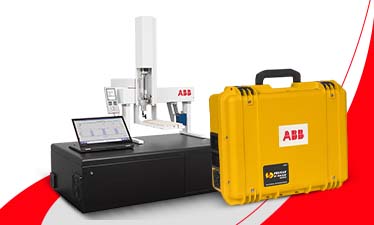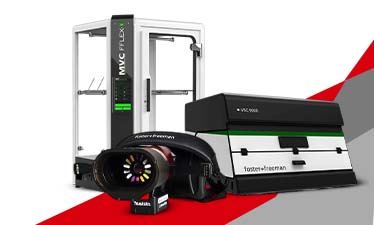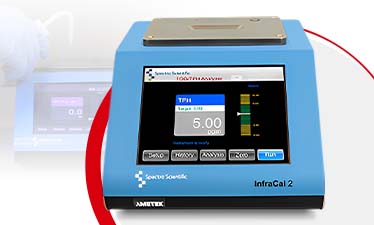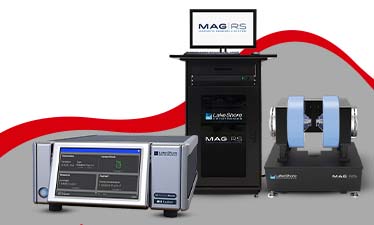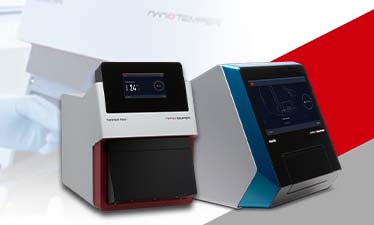The Significance of Using Crime-lite Eye in Dark Adaptation for Forensics Examination
The primary aim of forensics is to identify facts in order to recreate the truth of events. In criminal investigation, the role of forensics examination is important, however the forensics experts often require to look for evidence in a dark setting.
This typically involves use of a variety of forensic light sources in order to detect fluorescent evidences. These evidences may be of potential interest in a criminal investigation. Aside from the scene of event, the experts may as well need to carry out the analysis process in the dark in order to search and assess the fingerprints quality that have been fluorogenic reagent treated.
While the human eye is adaptable to the dark as well, the capacity of vision and time of adaptability may not be sufficient for forensics experts. The possibility of missing any potential evidence also increases by a lot during dark adaptation.
To overcome the concerns of dark adaption in forensics examination, the use of Crime-lite Eye can be taken into consideration.
The Process of Dark Adaptation
Light and dark adaptation is a popular phenomenon to which we are accustomed to. Every individual have the same biological process for dark adaptation, however, the time to adapt to the darkness may differ from one person to another.
The dark adaptation process happens in two steps – the fast cone adaptation and slower rod adaptation. Each individual goes through fast cone adaptation and slower rod adaptation phases and the time to go from one phase to another is what determines the time for dark adaptation.
The two phases form the dark adaptation curve and it remains almost similar for all individuals apart from minor differences. The first phase occurs due to the cone function and is achieved in approximately three minutes.
The Use of Crime-lite Eye for Dark Adaptation
While all individuals are adjusted to dark settings, the forensics experts need better adaptation to dark settings for carrying out forensics’ examination. The Crime-lite Eye helps in that part of the job.
It is a pocket-sized handheld device that aids in achieving optimum dark adaptation. While the human eye adjusts to the dark environment, the vision suffers from low acuity. This impacts the capability of color sensitivity and makes the detection of evidence difficult.
Even with the use of light source, the optimum results are not obtained as the forensic expert fails to identify faint fluorescent evidence. The chances of errors are high during dark adaptation.
With Crime-lite Eye usage, the examiner can get differing illumination degrees intensity as the device shows the number ranging from 1-20 displayed on a compact LED screen. The forensic expert can seamlessly select the desired sensitivity level when entering the dark setting.
The device adjusts to the desired sensitivity and absolute dark adaptation can be achieved in no time. Experts can reduce adaptation time and increase overall adaptation performance with the use of Crime-lite Eye.
Since this device is designed to be pocket-size with no complex configuration, it offers ease of use when it comes to dark adaptation for forensic examination.




